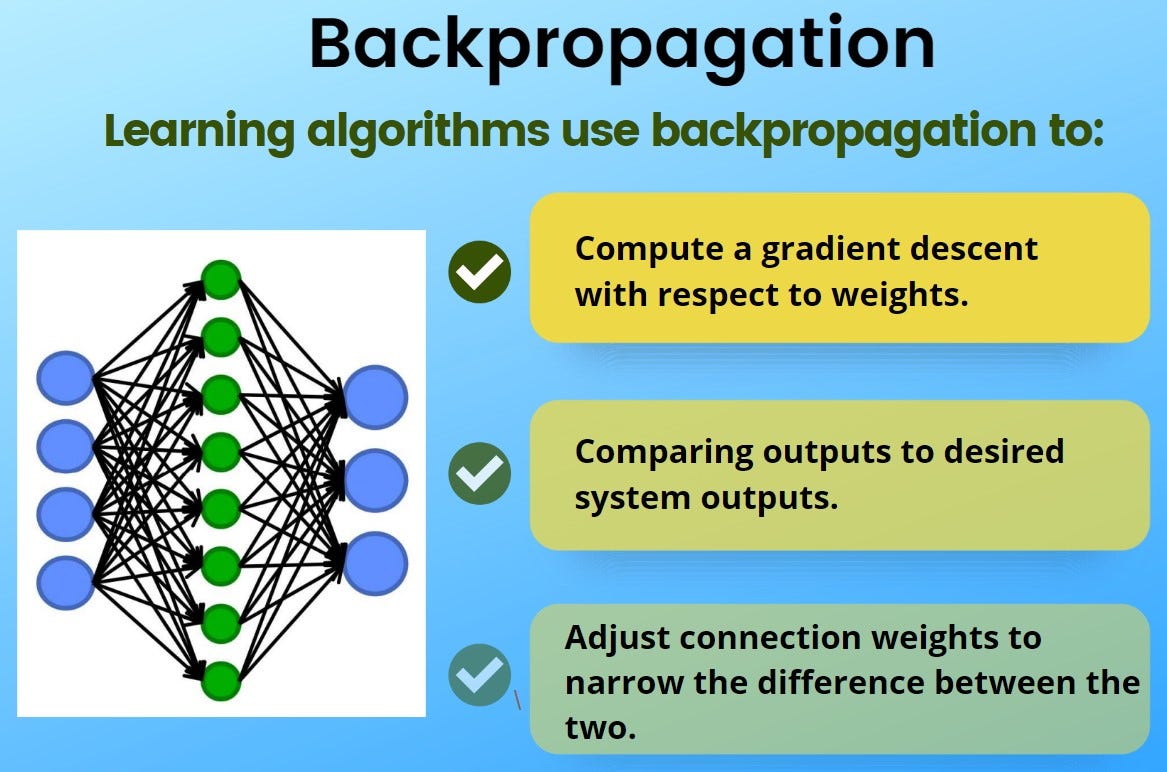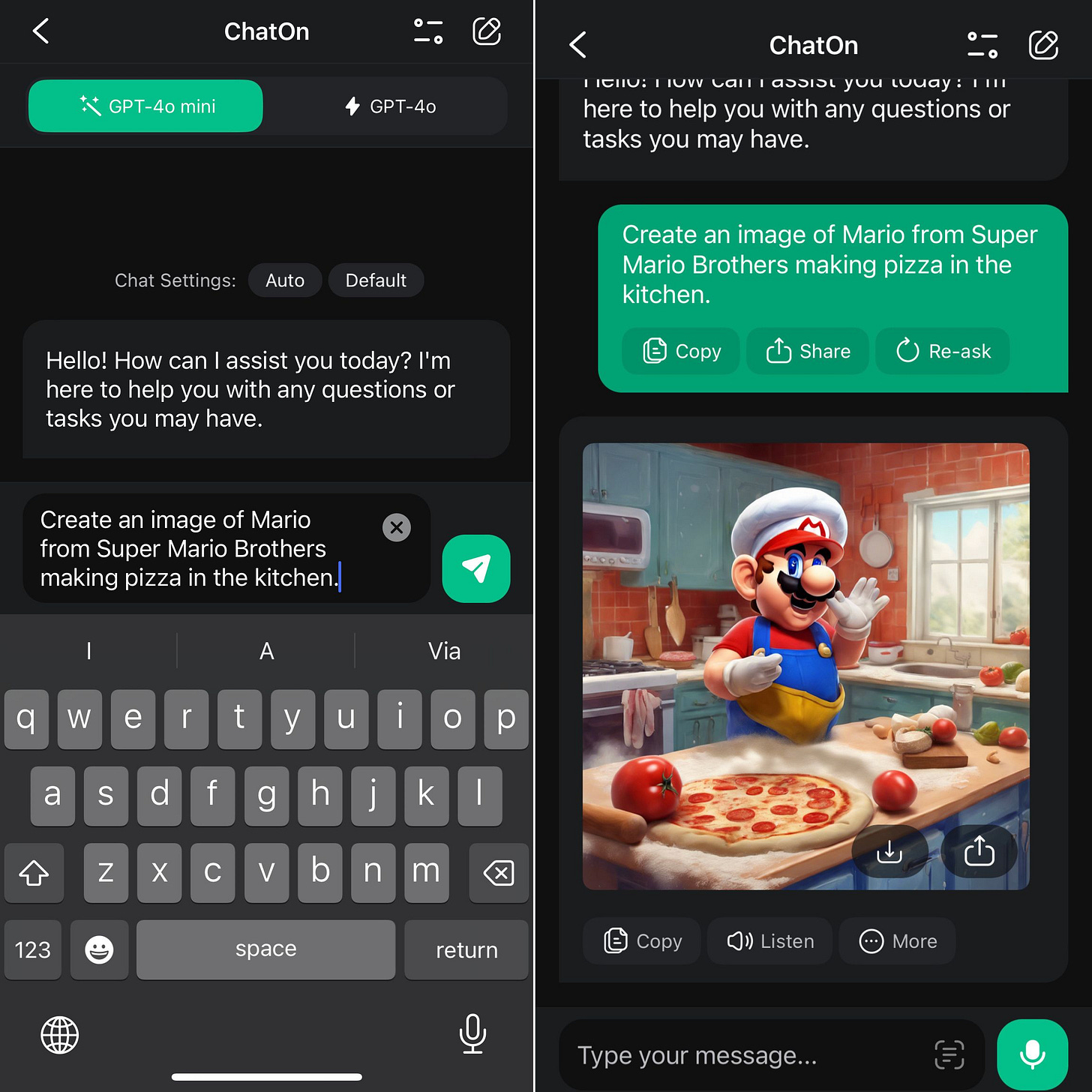Welcome to PM Researcher, a place to learn and gain insights across the project management domains. These articles are part of active learning and building foundational expertise in the field of project management.
This week, our focus will be on generative AI for project managers. Whether you're a seasoned project manager or a newcomer to the field, we aim to help you understand the applications of artificial intelligence in project management. This article will provide an introductory understanding of generative AI, equipping you with the tools to stay ahead of the curve in your project management endeavors.
Understanding the Evolution of Generative AI
Understanding the origin and evolution of generative AI will provide us with a solid foundation for harnessing its capabilities in our projects. Think of it as learning the origin history of your new AI superpower. The tale of generative AI begins within the broader field of artificial intelligence, which has roots dating back to the mid-20th century. Early AI research was fueled by the ambition to create machines that could mimic human intelligence.
Between the 1950s and 60s, AI emerged as a formal academic discipline. Researchers developed the first AI programs capable of tasks like playing chess and solving mathematical problems.
In the 1980s, interest in neural networks surged, especially with the development of backpropagation algorithms. These algorithms allowed neural networks to learn from their mistakes and improve over time. It was like giving our AI friends a learn-from-your-errors button.
Subsequently, in the 1990s and 2000s, advancements in machine learning and the rise of big data enabled the creation of more complex and powerful AI models. These models could analyze vast amounts of data to make predictions and decisions. Think of it as AI growing up and getting its first real job.
In the 2010s, the advent of deep learning, a subset of machine learning that uses large neural networks with many layers, marked a significant leap forward. Then came the 2020s. This period witnessed the emergence of generative AI, which can create new and original content by learning patterns from extensive datasets (existing datasets will be important when I talk about Project Data Analytics in the final post of this series). Generative AI basically went from being an intern to a creative genius.
Generative AI can generate code functions and programs, produce synthetic data to create and enhance datasets and create real and immersive virtual worlds. These are just a few of the many capabilities of generative AI, which can potentially be applied to any use case that the human mind can conceive.
Text Generation AI
At the heart of generative AI's text generation capability are advanced AI-powered Large Language Models (LLMs). LLMs are trained on large datasets and have the ability to generate human-like text in various contexts. These models learn patterns and structures within the data to produce coherent and contextually relevant responses. They can generate text, hold conversations, and provide explanations, summaries, and more.
Some popular LLMs are OpenAI's generative pre-trained transformer (GPT) and Google's Pathways Language Model (PaLM). These models can perform various language-related tasks such as text completion, summarization, question answering, translation, code generation, and image and text pairing. LLMs power conversational interactions with chatbots and virtual assistants.
Now, let's take a look at the image-generation capabilities of generative AI. Generative models can produce high-quality, convincing images based on deep learning techniques such as generative adversarial networks (GANs) and variational autoencoders (VAEs). These generated images exhibit realistic textures, natural colors, and fine-grained details, giving the impression of a real camera capture (see image below).
For example, StyleGAN can generate high-quality, high-resolution new images of imaginary faces, animals, or nature, while DeepArt can create comprehensive artwork from a simple sketch. DALL-E can generate entirely new images as described by the users. Apart from applications in art, design, entertainment, gaming, and research domains, generated images can augment training data and aid medical imaging and scientific visualization.
In the context of audio generation, generative models can create new musical compositions, convert text into audio using text-to-speech or TTS, and produce synthetic voices and natural-sounding speech. These models can also modify and transform voices, reduce noise, and enhance audio quality. They have the capability to mimic human voices to a fair degree of likeness.
For instance, WaveGAN can create new and realistic raw audio waveforms, including speech, music, and natural sounds.
MuseNet from OpenAI can combine various instruments, styles, and genres to generate original musical compositions. Audio generated by these models has applications in media, creativity, entertainment, training, education, gaming, virtual reality, and other domains.
Now, let's consider generative AI's video generation capabilities. Generative AI models can create dynamic and clear videos ranging from basic animations to complex scenes. These models can transform images into dynamic videos by incorporating temporal coherence.
VideoGPT is a popular AI model that follows textual prompts from users to generate new videos. Users can specify the desired content and guide the video generation process, including completion, editing, synthesis, prediction, and style transfer.
These generated videos can be used in various domains such as art, entertainment, education, gaming, medicine, and research.
Let's talk about the code-generation abilities of generative AI. Generative models can generate new code snippets, functions, or complete programs based on desired functionality. Trained on existing code repositories, these models can complete or create code, synthesize or refactor code, identify and fix bugs in code, test software, and create documentation, including comments, function descriptions, and usage examples.
For instance, GitHub Copilot and IBM Watson Code Assistant are AI-based programming assistants that help autocomplete code, accelerate hard tasks, and generate code for provided input. AI-generated code can be used in software and web development, machine learning and natural language processing, data science and analytics, robotics and automation, virtual game and AR/VR environment development, as well as audio, video, and speech processing. Software developers can benefit from leveraging code generation capabilities to write, debug, and test their code.
These models can generate new data and augment existing datasets, resulting in increased diversity and variability of the data, leading to more robust and effective performance. They can generate new samples and augment data sets for images, text, speech, tabular data and statistical distribution, time series, data finance, and more.
Generative AI's data generation and augmentation capabilities have applications in medicine, healthcare, gaming, education and training, art and creativity, self-driving automobiles, and many other fields. Another powerful capability of generative AI models is their ability to create highly realistic and complex virtual worlds. They can create avatars that simulate realistic behavior, expressions, conversations, and decisions. It is also possible to create complex virtual environments with realistic textures, sounds, and objects that adhere to the principles of the physical world.
Metaverse platforms use generative models to create unique and personalized experiences for individual users. Generative AI also makes it possible to create virtual identities with unique personalities and avatars fitted with specific personality traits that reflect in their behaviors and conversations. The virtual world capability of generative AI has applications in gaming, entertainment, education, augmented and virtual reality metaverse platforms, virtual influencers, and digital personalities.
The next article will focus on use cases for generative AI in project management.
Hope this helps.





This was a fascinating deep-dive into the world of AI and so approachable. Great job!